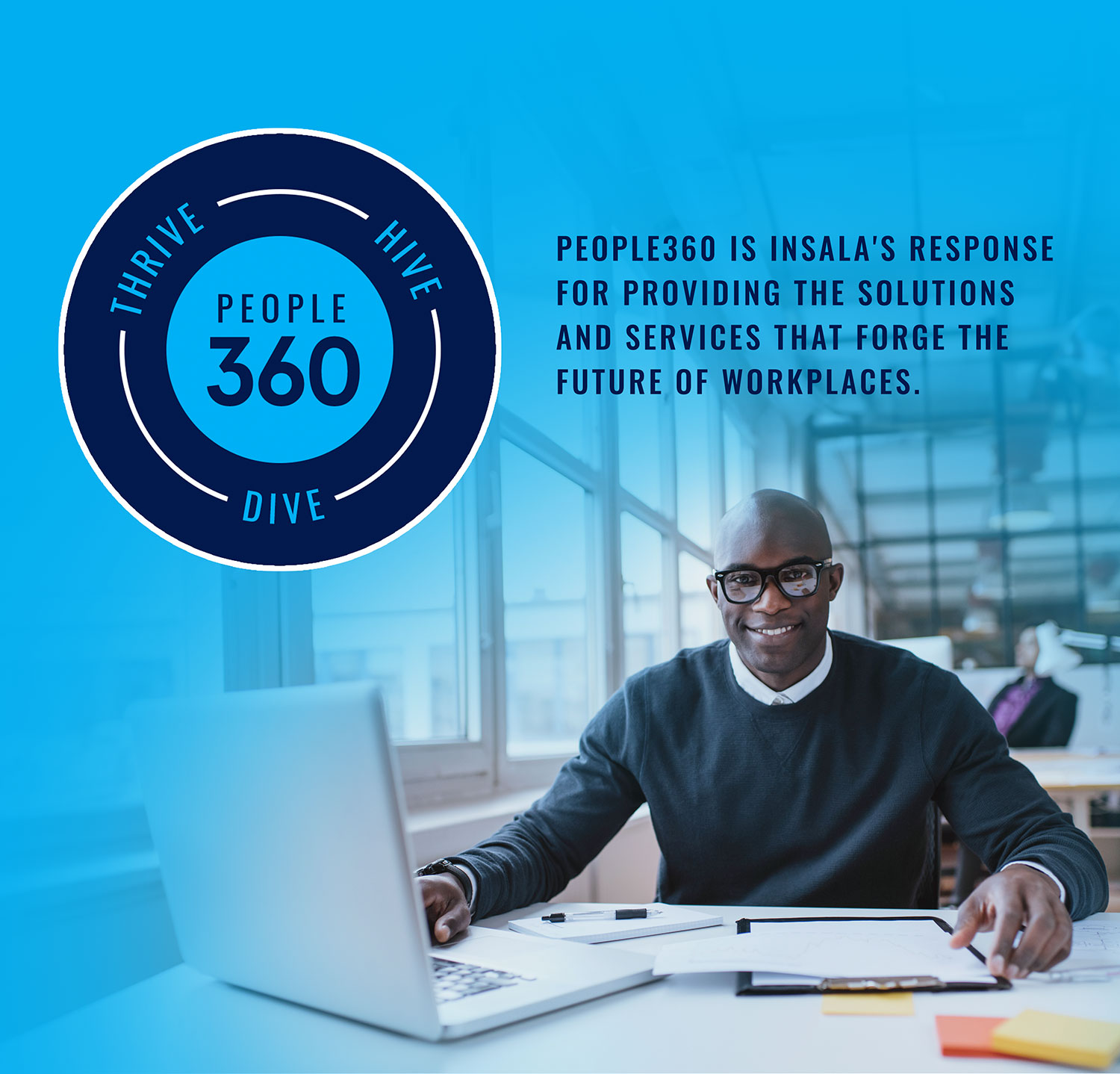In today’s organizations, managers must respond to the needs of increasingly diverse employees. In response to these needs, many organizations have instituted diversity mentoring programs. This has helped them understand and utilize the unique contributions of all employees by creating an inclusive work environment.
5 Tips for Implementing a Diversity Mentoring Program
- Define the Program Goals
Any type of mentoring program must have specific goals in place that align with the organization business objectives. These goals should be set long before program launch and as early in the planning process as possible. For diversity mentoring, goals should work towards promoting a great diverse company culture for the organization.
Specific diversity goals could include increased employee retention, especially within diverse groups. It can also help strengthen the leadership succession candidates. Goals like retention and better succession planning can be easily achieved with a customized mentoring program.
- Make the Program Inclusive
A mentoring program for diversity should be a great way for all employees to network with one another. It should also promote knowledge sharing across various cultures, work styles, and backgrounds. This means the program should not exclude anyone. The entire organization should be encouraged to participate in mentoring.
This diverse dynamic is not limited to one participant, however. Having a diverse range of mentors and mentees is important. The mentoring program should be marketed to under-represented individuals within the organization in order to recruit diverse mentors and mentees.
A great way to get diverse participants involved is to create a program that individuals in the organization want. To find out their needs, send out surveys or conduct interviews. Then use these requests to plan a great program.
- Implement Mentor Training
Within a diversity mentoring program, there will be different levels of experience and knowledge. Don’t assume that everyone will understand their role of being a mentor or mentee. Some participants may need a little guidance. This is where mentor training comes can benefit your program.
Training sessions should help mentors and mentees thoroughly understand their roles within the program and direct their expectations.
For diversity mentoring specifically, the training should include cultural, racial, and gender awareness, as well as communication skills practice. Understanding cultural or gender-based assumptions will help mentors and mentees develop a successful mentoring partnership based on authenticity and trust.
Further, some participants may have unrealistic expectations for their relationships. These could include an anticipation of a promotion or wrong assumption about time commitments. The focus of the program and the partnership should be to provide networking and developmental opportunities for the mentee.
Those networking and developmental opportunities may result in recognition as more skilled and eligible for more complex assignments – not just promotion. Mentor training can help set expectations that align with this purpose and get all participants on the same page.
Training should primarily take place with all participants before launch. However, mentor and mentee recruitment should be ongoing, so future training sessions will also be necessary. Keep this in mind when planning the mentoring program. Sessions should also be convenient and relevant to the mentors and mentees.
- Involve Leadership
Launching a diversity mentoring program can be challenging. However, executives and leaders within the organization play a unique role for program launch. Leadership involvement will give a mentoring program high credibility within the organization, effectively recruiting participants.
Beyond approval, top leadership can also participate in the program. They have leadership experience that can help diverse high-potential employees and future leaders with their career development plans. This is especially useful when a business objective is to bring diversity to the leadership team.
- Encourage Good Mentor and Mentee Relationships
According to previous research, mentoring for diversity is more effective when participants get to know each other. That means mentor and mentee relationships should be encouraged. This can be done during mentor training sessions. It can also be encouraged through informative email content.
Mentees who are different from their mentors can find a mentorship challenging at first. Encouraging these relationships and having the mentors get to know their mentees personally can help diverse mentorships flourish. It can also set the tone for employee development, inclusion and diversity, and empowerment within the organization.
A properly positioned and designed diversity mentoring program can provide outstanding results for both an organization and individual participants.
Insala offers a unique program that helps companies establish mentoring in the context of their diversity initiatives. Request a demo for more information on how mentoring can benefit your organization.








